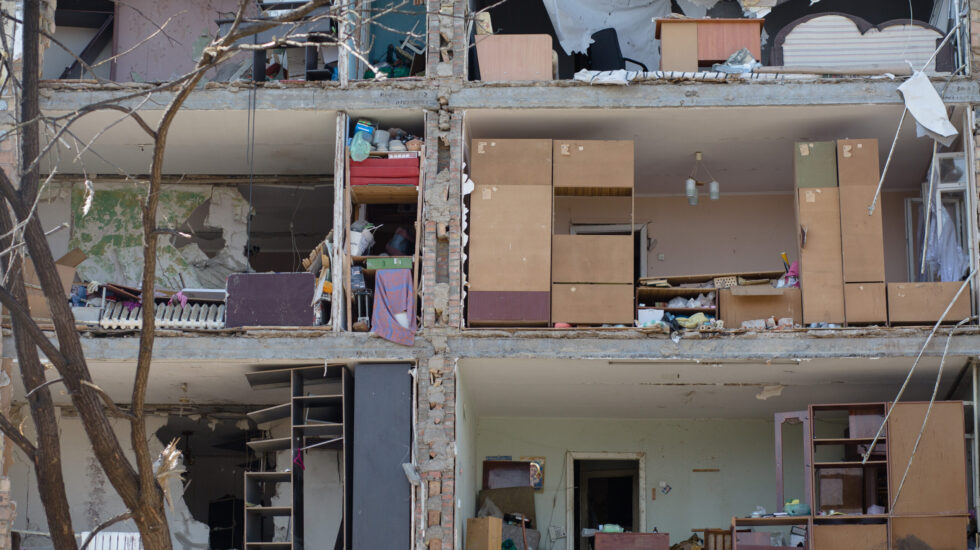Russian forces have retreated from Kyiv and Chernihiv, according to the Pentagon, and are rearming and resupplying from the safety of Russia and Belarus.
“Western military analysts have said that the withdrawing Russian units, suffering from troop casualties, damaged and destroyed equipment, and poor morale, would not be fit for redeployment soon,” reports The New York Times.
The Associated Press echoes that sentiment:
A Western official, speaking on condition of anonymity to discuss intelligence estimates, said it will take Russia as much as a month to regroup for a major push on eastern Ukraine. Almost a quarter of its battalion tactical groups in the country have been rendered “non-combat-effective” and have either withdrawn or merged with other units, the official said.
The Pentagon suspects that Russian resources will eventually shift toward the Eastern part of Ukraine, home of the Donbas region and a fierce pro-Russia separatist movement. Ukraine’s military has battling the separatists for years.
The Wall Street Journal reports on the fighting already underway there:
In the besieged city of Mariupol, the second-largest in Donbas, Mayor Vadym Boychenko said on Telegram that Russian troops that are engaged in fierce urban combat with Ukrainian defenders have started using mobile crematoriums to dispose of the bodies of Ukrainian civilians. Mr. Boychenko, who put the death toll at 5,000 civilians last week, said he now believes tens of thousands of Mariupol residents could have been killed. There was no independent confirmation of his assessment.
As heavy clashes continued in and near Donbas, Russia pressed on with its campaign of long-range missile strikes, targeting fuel depots across Ukraine and an industrial facility in the eastern city of Novomoskovsk, local officials said. The clashes in the east and south contrasted with the north, where a Russian withdrawal has led to the return of relative normalcy.
The Washington Post reports:
The United States announced Tuesday night the approval of an additional $100 million in military assistance for Ukraine, a move made in part to ensure Ukrainian forces will have the weapons they need to fight for the Donbas region, the official said, adding that there is particular interest in Javelin anti-armor systems.
The Post, quoting a Pentagon official, notes that although the “war’s epicenter appears to be shifting, threats against the capital remain.”
“It’s not like Kyiv is somehow immune from further attack,” the official told The Post.
Meanwhile, reports have emerged that Russian forces have been deploying the POM-3, “an advanced land mine equipped with sensors that can detect when people walk nearby,” according to The Times. The outlet explains:
Older types of land mines typically explode when victims accidentally step on them or disturb attached tripwires. But the POM-3’s seismic sensor picks up on approaching footsteps and can effectively distinguish between humans and animals.
Humanitarian deminers and groups that campaign against the use of land mines said the POM-3 would make future efforts to locate and destroy unexploded munitions in Ukraine vastly more complicated and deadlier.



